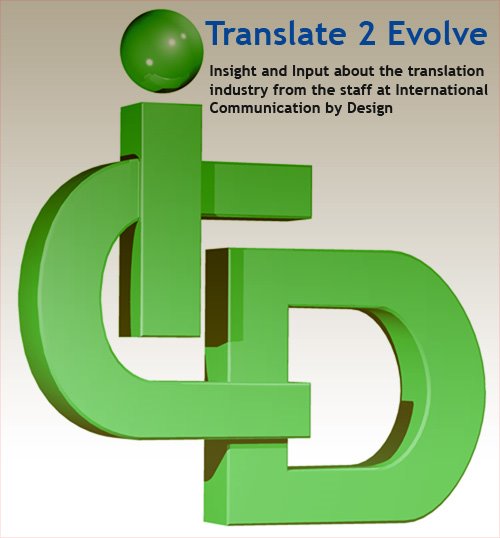What's the difference between 101% match and 100% match. Well, the main difference is a 101% match has been reviewed over time and is matched up not just as a previously translated sentence, but matches in context as well. This means the the translation is not only accurate but matches the style and context of the previous translation in the translation memory. LSPs and translators have faced this issue before. The match is 100%, but sometimes the context might be slightly incorrect or a word choice might need to be changed. For this reason, most LSPs would suggest a review of the 100% instead of ignoring it.
Translation memory is a fabulous tool to enhance productivity, but if not used correctly becomes the repository for all sorts of old sentences, mistakes, and bad translation choices. Some TM's store multiple entires of the same translation without overriding the previous translation. This is an issue if multiple translators were used on a project. Now you have multiple enteries and inconsistent translations for the same source sentence. Translation Memories should be updated regularly especially after a client performs a review.
One method to avoid inconsistencies is setting up a terminology database. This is one of the best tools to control quality and consistency of your translation. If terminology is analyzed and agreed in advance with your client and their in-country reviewers, it can only be the "right" terminology to use, thus cutting down on review time and enhancing quality, consistency, and brand messaging.
Downloading a TMX editor to clean up the inconsistencies, formatting tags, and miss-aligned segments is another method to help clean up the memory and ensure that you get better matches for future projects. This is important if you plan on using this translation memory to train an automated translation engine.
The next thing that helps consistency is coming up with a style guide. Before starting a project, talk to your client, find out who their audience is, which style of writing they want to adopt. For many romance languages there is a great difference if you write in a “formal” manner or an “informal”. Then there is a difference in flavor, especially in Spanish. When a client says Spanish for Latin America, Ideally you want a translator who is a native of Argentina or Columbia. A translator from Mexico will have a different style and dialect that will not suit the Latin American audience.
These methods will not only improve the quality of your translation, but it will reduce time and cost for you, your client, and the reviewers.
One method to avoid inconsistencies is setting up a terminology database. This is one of the best tools to control quality and consistency of your translation. If terminology is analyzed and agreed in advance with your client and their in-country reviewers, it can only be the "right" terminology to use, thus cutting down on review time and enhancing quality, consistency, and brand messaging.
Downloading a TMX editor to clean up the inconsistencies, formatting tags, and miss-aligned segments is another method to help clean up the memory and ensure that you get better matches for future projects. This is important if you plan on using this translation memory to train an automated translation engine.
The next thing that helps consistency is coming up with a style guide. Before starting a project, talk to your client, find out who their audience is, which style of writing they want to adopt. For many romance languages there is a great difference if you write in a “formal” manner or an “informal”. Then there is a difference in flavor, especially in Spanish. When a client says Spanish for Latin America, Ideally you want a translator who is a native of Argentina or Columbia. A translator from Mexico will have a different style and dialect that will not suit the Latin American audience.
These methods will not only improve the quality of your translation, but it will reduce time and cost for you, your client, and the reviewers.

